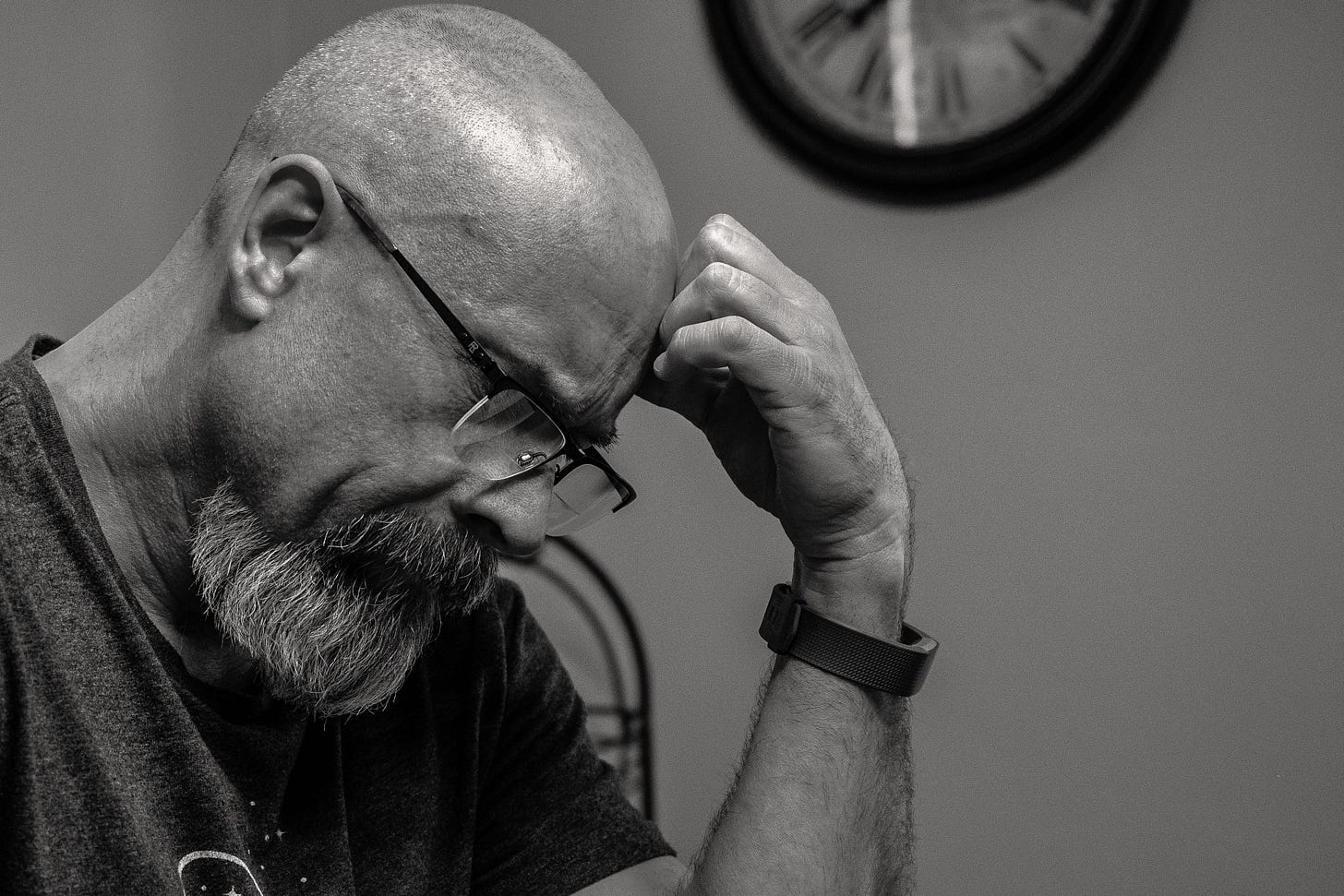
Over the past few years I’ve found myself returning to the Levels of Processing (LoP) theory of Fergus Craik and Robert Lockhart. The theory was first introduced in 1972 but has generated considerable research since then. Craik and Lockhart view memory as a byproduct of processing, something that occurs when we think. In a similar way, Daniel Willingham describes memory as the residue of thought, a definition often quoted in recent books on teaching and learning and in countless educational blogs. However, while Willingham’s emphasis is often on returning to the information, Craik and Lockhart are more concerned with depth.
Returning to learned information periodically is important (so-called retrieval practice), but what we do with this information (the operations we perform on it) is also relevant. Information is the raw material for creating knowledge; it’s encoded into our memory system, consolidated, retrieved, and re-consolidated (the memory cycle). Consolidation takes place during sleep or wakeful rest and it’s at this stage connections are made between related pieces of information - what we have recently learned is linked to what we already know, creating vast webs of interrelated knowledge, generally referred to as schemas. These schemas, therefore, can be said to represent ‘knowing’, and emerge as a byproduct of processing. Errors can be corrected during re-consolidation but this stage might also lead to false memories. The cycle might only happen once, or it might keep occurring for days, months or even years. The deeper the processing, the more likely new information is going to be successfully assimilated into current schemas.
Shallow or deep?
First of all, let’s look at the difference between shallow and deep processing. In the figure below, we’re presented with the word HOUSE and asked to decide if the word in written in capital letters. All we need to know here is the superficial structure of the letters - we don’t even need to know what the word means. This represents shallow processing. At the next stage we are asked to relate the sound of the word to another similar sounding word but, again, we don’t need to understand what the word means. The final stage requires us to think about meaning and this is a much deeper form of processing. A house is a building, it’s a place in which people live, there are detached houses and terrace houses and semi-detached houses. Some houses have many floors, others are bungalows. We also have a house schema represented in long-term memory, so even though house is a word, it also has a visual element - we can imagine a house. Having these connections creates a stronger memory trace. Of course, the journey from shallow to deep represents a continuum, so the processing gradually moves from one to the other, with multiple manifestations in between.
We can learn a list of nonsense words via rote rehearsal (as Ebbinghaus did in the late nineteenth century), but we can’t integrate such words into what we already know - there is no schema available for a nonsense word.
Some simple methods for deeper processing.
Elaboration and elaborative interrogation.
The how and the why type questions. For example, how does the LoP theory differ from other theories? Can we apply it to Ebbinghaus’s forgetting curve (or can we use it to critique it)? Why would deeper processing lead to better memory retention? What is the link between LoP and schemas (or LoP and working memory)?
Distinctiveness.
Ask, how is LoP theory different from models of memory? Is it a model (like the Working Memory Model or Multi-store Model) or is it a different kind of theory? Is deep processing different from retrieval practice? If so, how?
Personalisation.
Think of ways in which you might have applied the LoP theory, even if you didn’t realise it. Try it out: compare elaboration with rote rehearsal.
Creation.
Draw a diagram, design a flow chart, record yourself explaining the concept. Combining different modalities (e.g. visual and auditory) leads to deeper processing (e.g. dual coding). Remember to use as many modalities as you should never rely entirely on the one you most favour.
Drawing has a fascinating recent(ish) history in learning science. I might cover it in a future newsletter.
The Other Stuff.
I’m on Twitter @marcxsmith
Or my Bookshop recommended books.
More free learning resources at The Emotional Learner.
Free EBook - How To Get Stuff Done!
If you like what I do, you might like to buy me a coffee :)



